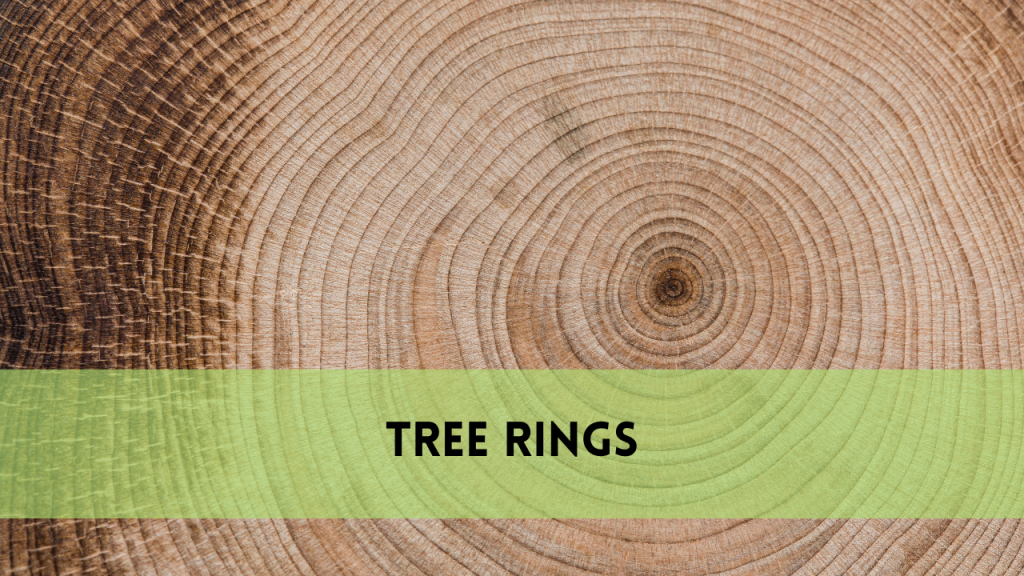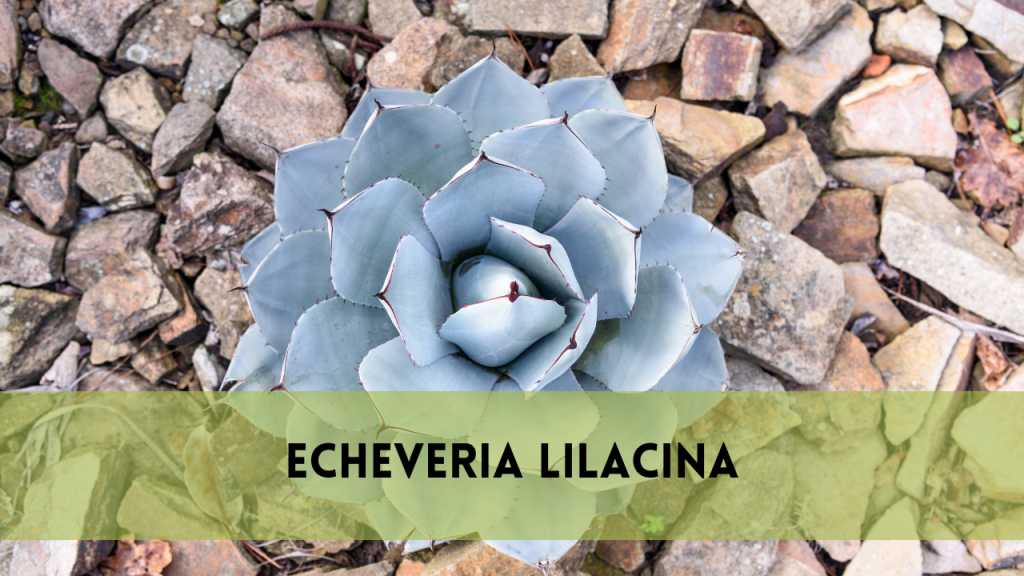Wandering jew plant propagation
Wandering Jew plants, also known as Tradescantia species, are popular among indoor and outdoor gardeners due to their colorful leaves and low maintenance requirements. Propagating these plants is a pleasant experience that allows you to add them to your collection or share them with others. In this lesson, we will look at different techniques of propagation to help you effectively develop new wandering Jew plants.
The importance of propagating wandering Jewish plants is paramount
Propagating Wandering Jew plants is critical for gardeners and plant enthusiasts. It enables the rapid and cost-effective extension of plant collections, ensuring the availability of colorful and distinctive leaves. Propagation also promotes biodiversity and conservation by preserving plant species that may not be economically available. It also promotes exploration and learning while deepening one’s grasp of plant biology and gardening skills. Finally, propagating Wandering Jew plants promotes sustainable gardening techniques by lowering the need to purchase new plants and increasing self-sufficiency in maintaining lush, green landscapes indoors and out.
Wandering jew plant propagation
Propagation Methods
Propagation from Cuttings
Selection and preparation
Choose Healthy Stems: Choose stems that are at least 4–6 inches long and have several leaves. Avoid stems that are sick or damaged.
Make the Cut: Use sharp, sterilized scissors or pruning shears to cut the stem right below a node (the place at which leaves or branches emerge). Keep the cut clean to avoid infection.
Rooting in the water
Immerse the cut end of the stem in a jar of water, ensuring that at least one node remains submerged, as roots will grow from this point.
Change the water regularly. Change your water regularly. To prevent stagnation and bacterial growth, replace the water every few days.
Track root development: Roots should begin to emerge within 1-2 weeks. Before transplanting, wait until the roots have grown a few inches.
Propagation from Division
Preparing for Division
Identify a mature plant: Choose a mature Wandering Jew plant with numerous stems and a dense root system.
Remove from Pot: Gently remove the plant from its pot, taking care not to damage the roots.
Dividing the plant
Separate the Root Ball: Use your hands or a clean knife to cut the root ball into smaller portions. Each part should include a few stems and a component of the root system.
Inspect and trim. Check the roots for signs of rot or injury, and cut as needed.
Replanting Divisions
Prepare new pots by filling them with fresh, well-drained soil.
Divisions: Each division is planted. Place each separated part in its pot, cover the roots with dirt, and gently push to secure.
Water thoroughly. Make sure the soil in the newly planted divisions is evenly moist.
Seed propagation entails collecting and preparing seeds.
Harvest Seeds: Once the plant has flowered, collect seeds from ripe seed pods. Wait until the pods are completely dry before harvesting.
Prepare the soil. Use a shallow tray filled with a moist, well-drained seed-starting mixture.
Sowing seeds
Plant the seeds: Spread the seeds equally across the soil surface and lightly press them into the soil. Do not bury them deeply, as they require light to germinate.
Spray soil: Spray the soil with water to keep it moist but not soggy.
Germination and Care
Maintain Conditions: Place the tray in a warm, bright area with indirect lighting. Covering the tray with plastic can aid in humidity retention.
Seeds should germinate within a few weeks. When seedlings develop a few sets of genuine leaves, they can be moved into separate pots.
When is the best time to propagate wandering Jew plants?
Wandering Jew plants are best propagated in spring and early summer. This period coincides with their active growth phase, creating the ideal conditions for effective multiplication. Warmer temperatures and more sunlight promote root growth from cuttings or divisions. These months also give newly propagated plants enough time to establish themselves before colder weather arrives. Gardeners who choose the correct time to propagate can increase their chances of success and enjoy robust, thriving Wandering Jew plants throughout the growing season.
Common problems while propagating wandering Jew plants
Gardeners propagating Wandering Jew plants may encounter several common problems:
Overwatering: Excessive moisture can cause root rot, especially in poorly draining soil or containers without enough drainage holes.
Pest Infestations: Wandering Jew plants are subject to pests such as spider mites and aphids, particularly in low-humidity indoor conditions.
Leaf browning: When leaves are submerged or exposed to direct sunlight, the margins dry up and turn brown.
Excessive moisture can cause fungal infections like powdery mildew, reducing leaf health and overall plant vigour.
Rooting Failure: Improper cutting preparation or inadequate rooting conditions might impede the successful establishment of new plants.
Gardeners can improve the success rate of propagating Wandering Jew plants by addressing these difficulties as soon as possible and providing appropriate care.
Care Tips for Propagating Plants
After successfully propagating your Wandering Jew plants, regular care is required for their sustained health and vigour.
Provide bright, indirect lighting. Wandering Jew plants thrive in moderate to high light levels but they can scorch in direct sunlight.
Between waterings, let the top inch of soil dry. Ensure that containers have drainage holes to avoid soggy soil.
Maintain temperatures of 65–75°F (18–24°C) and moderate humidity levels. These plants prefer ordinary room humidity but benefit from periodic spraying during dry months.
Feed with a balanced liquid fertilizer diluted to half strength every 4-6 weeks during the growing season (spring through autumn).
FAQs
Can wandering jew plants reproduce in water?
Yes, wandering Jew plants can grow in water. People commonly place cuttings in a jar of water until roots form, then transfer them to soil.
How long do Wandering Jew cuttings take to root?
Wandering Jew cuttings usually root in 2–4 weeks, depending on environmental factors such as light and temperature.
Can I grow Wandering Jew plants from seed?
Indeed, seeds can produce wandering Jew plants, albeit less frequently. Collect mature seeds from pods, put them in moist soil, and keep them warm and damp to promote germination.
How frequently should I water newly propagated Wandering Jew plants?
Water is newly propagated. When the top inch of soil is dry, wandering Jew plants appear. To prevent root rot, avoid overwatering, particularly during the first rooting phase.
How can I encourage bushy growth in propagated wandering jew plants?
Regular pruning and pinching back stems can promote bushy growth in Wandering Jew plants. This encourages dense foliage and a more compact appearance.
Conclusion
At Arborist Heights, we value the beauty and tenacity of plants like the Wandering Jew. Our Wandering Jew plant propagation guide aims to provide you with the knowledge and skills needed to properly reproduce these gorgeous plants.
You can confidently increase your garden by experimenting with methods like cuttings, divisions, and seeds. Our precise care instructions guarantee that your propagated Wandering Jew plants thrive, delivering vivid color and rich foliage to any environment.
Our passion for plants inspires us to create detailed guides like this one, regardless of your gardening experience. Join us in creating green areas and caring for plants to improve our lives and surroundings. Explore Arborist Heights for more professional views and advice on how to improve the beauty and health of your garden. Let us grow together.




